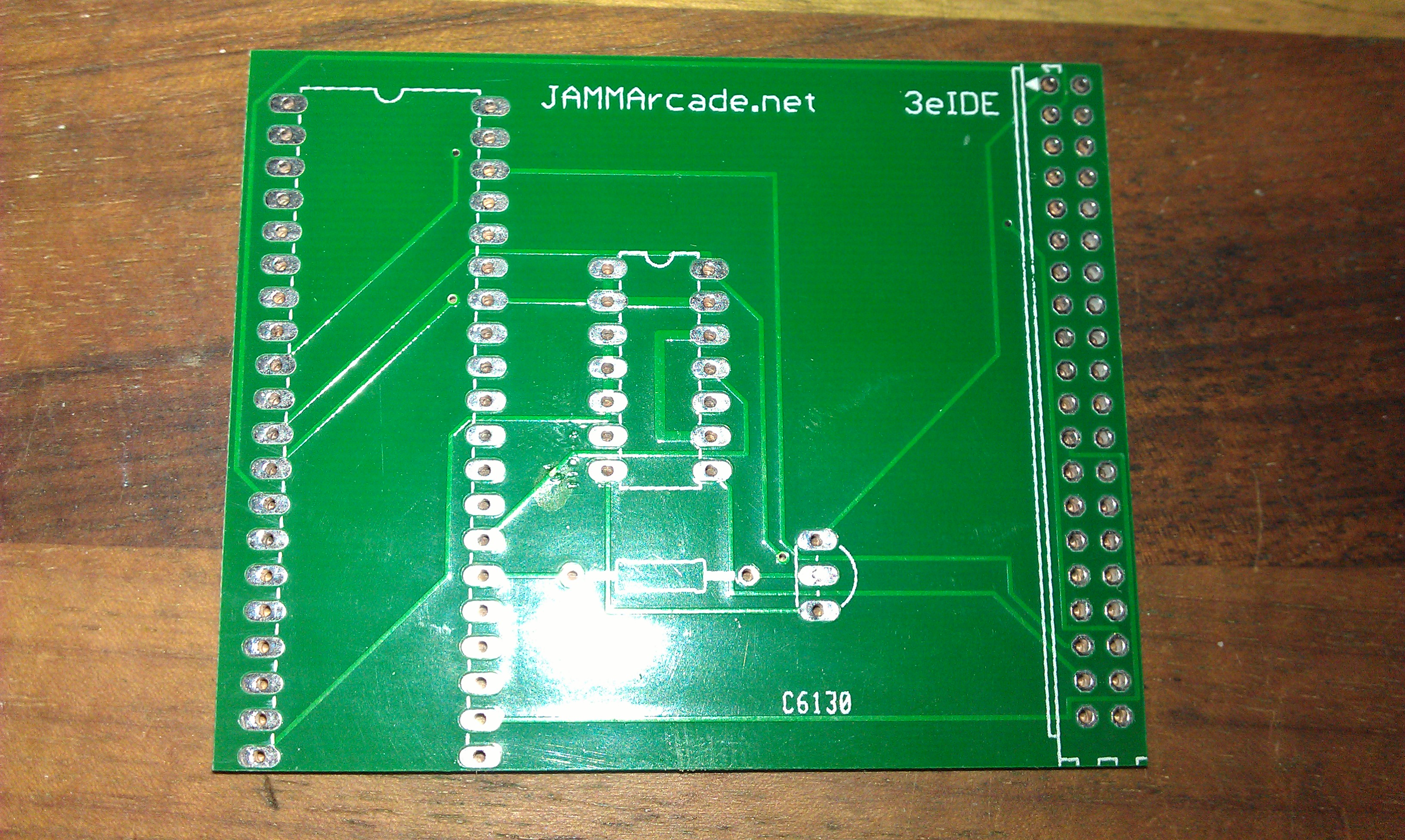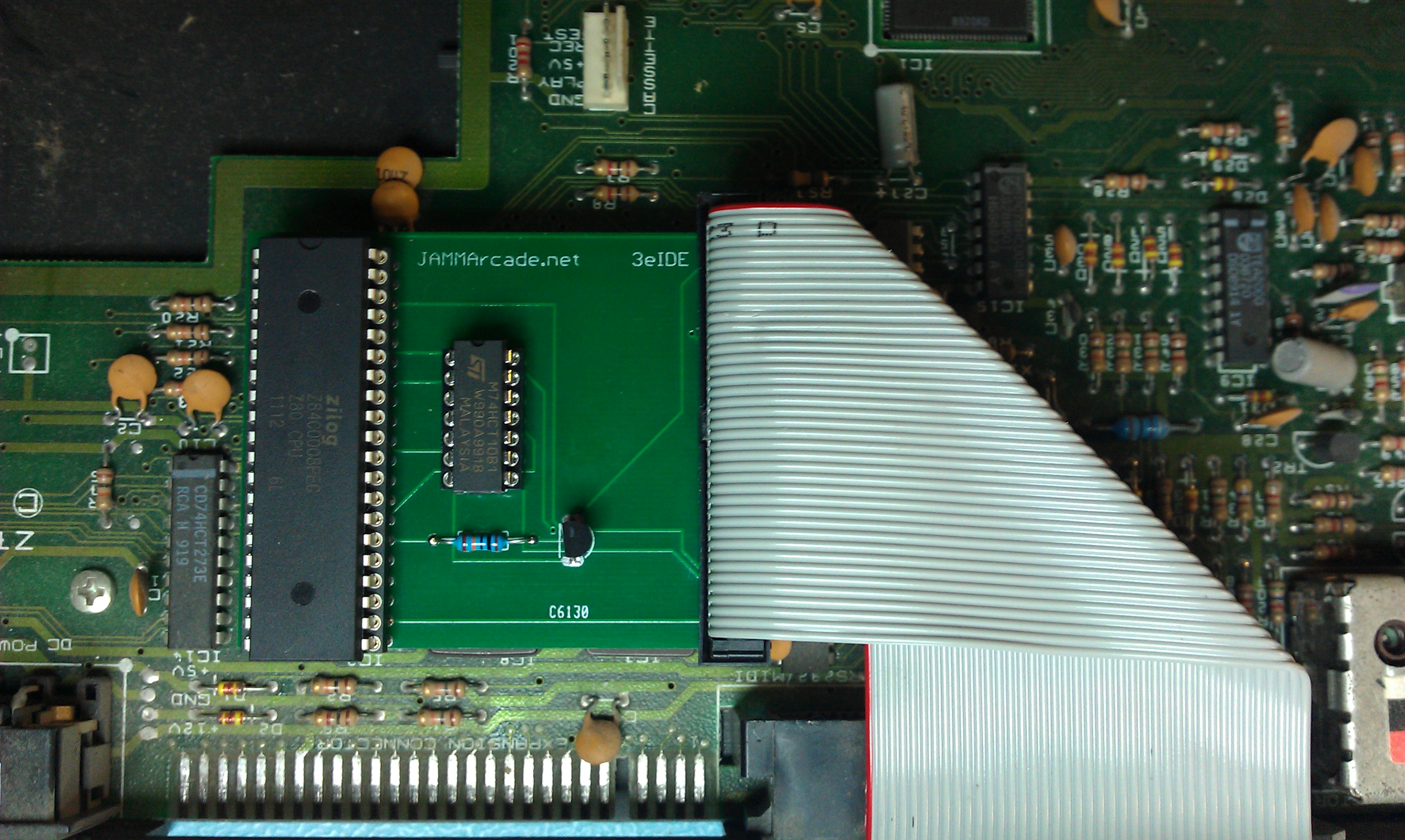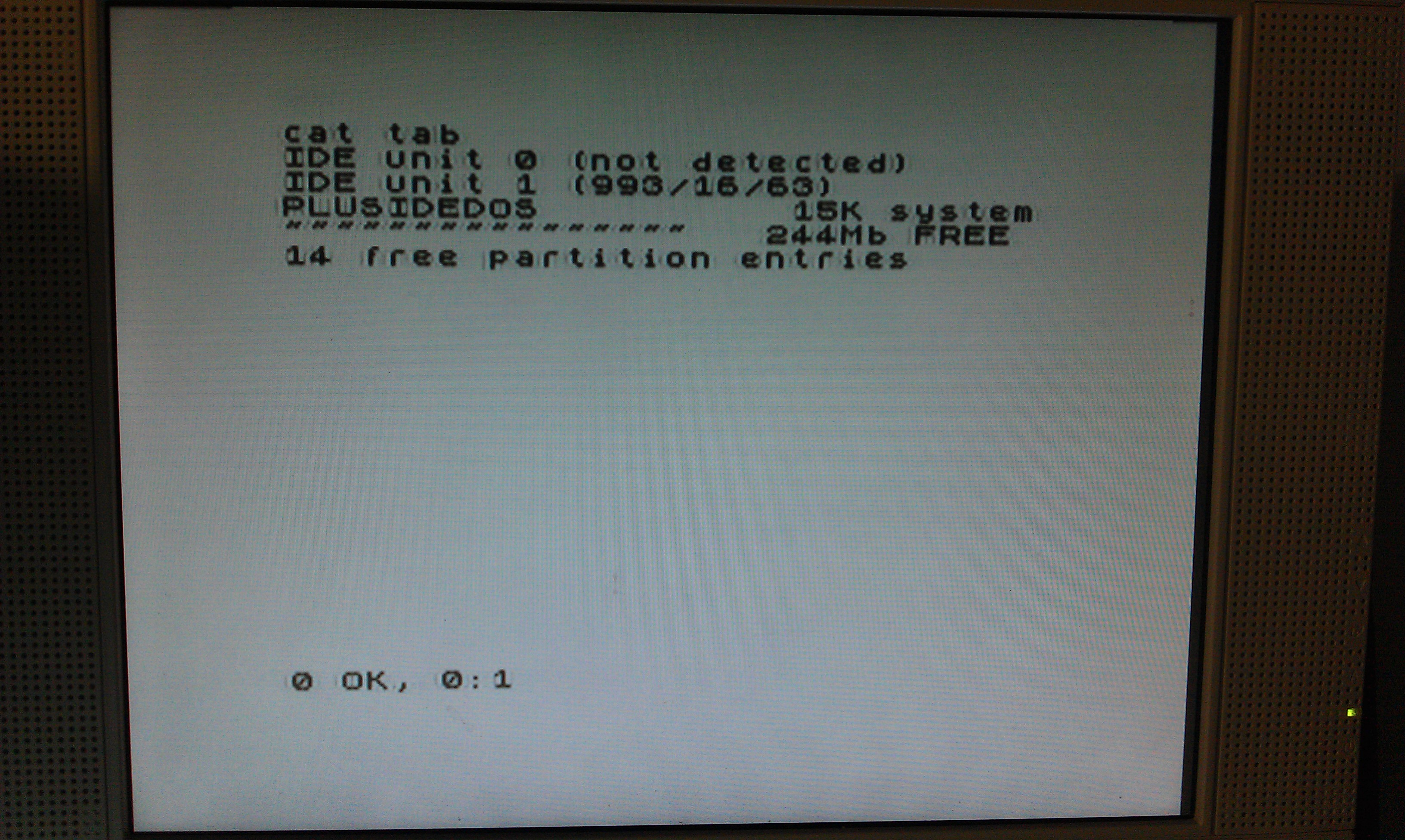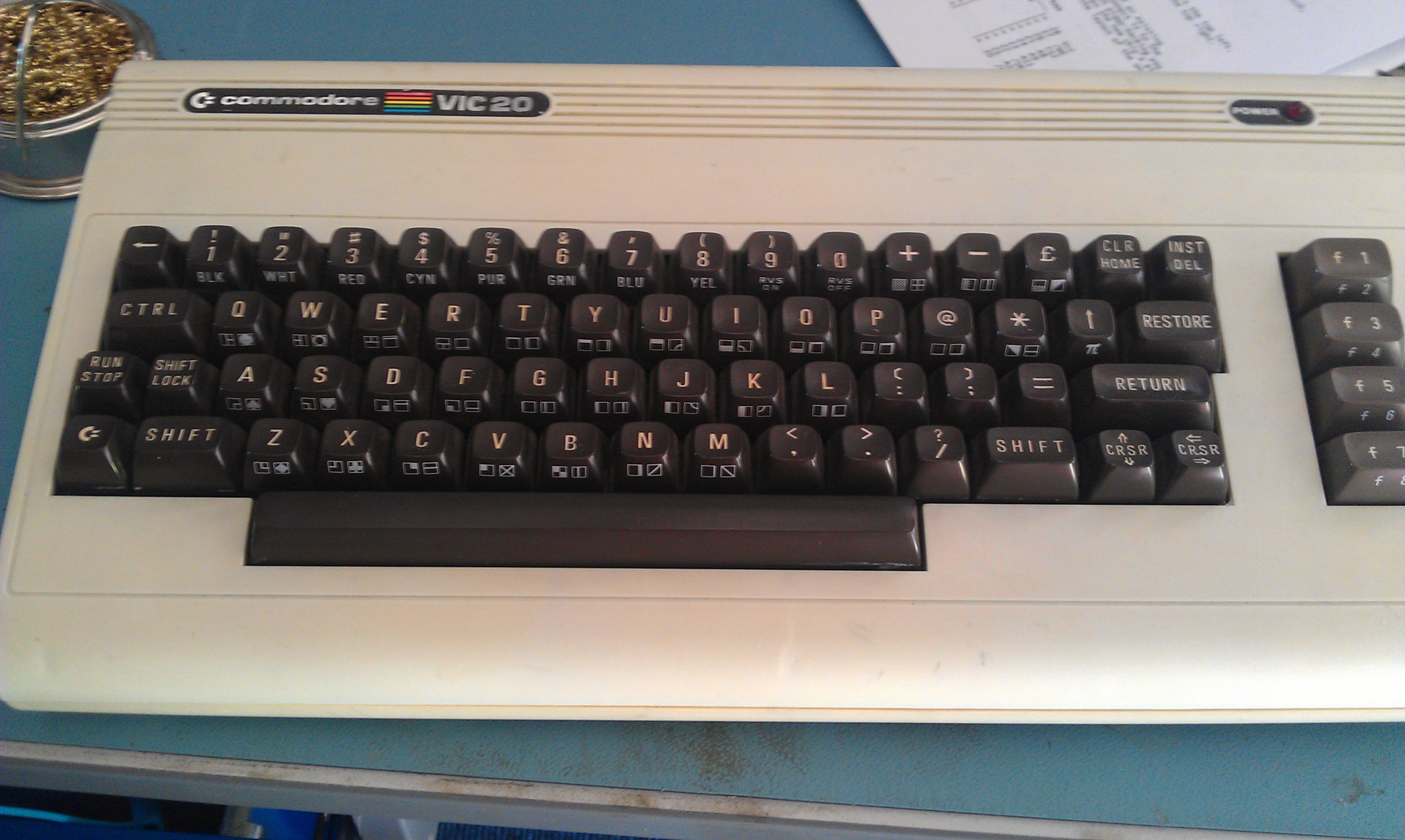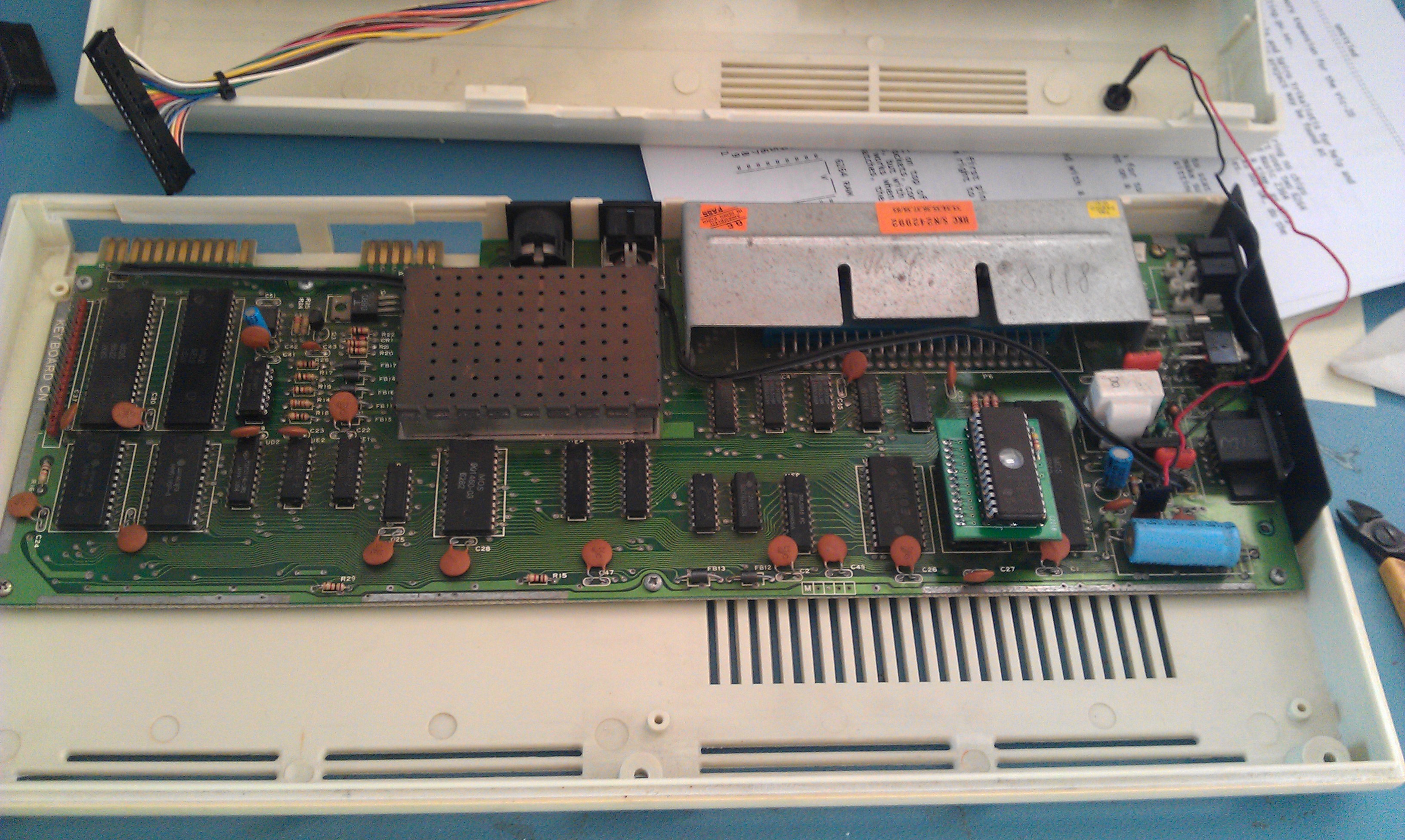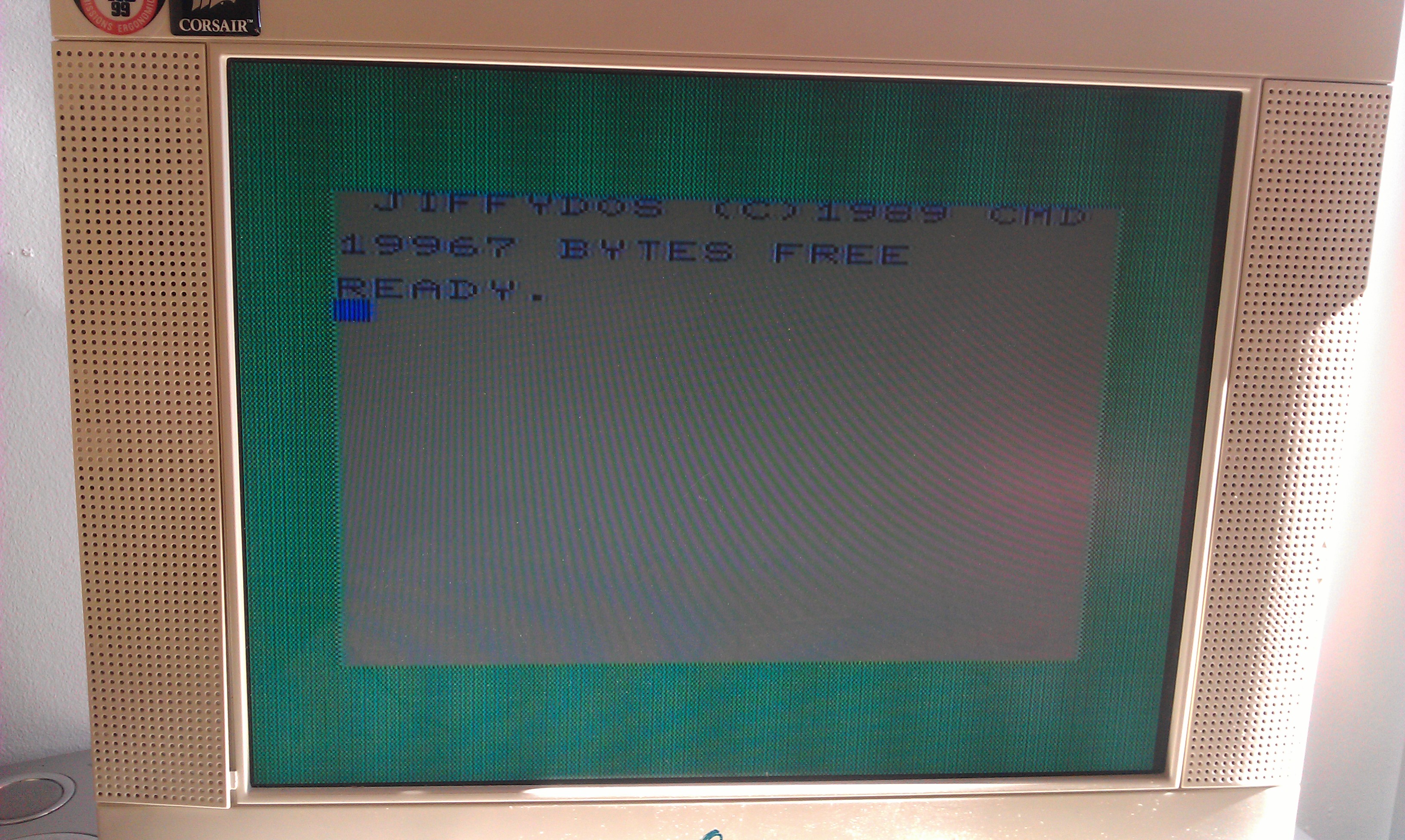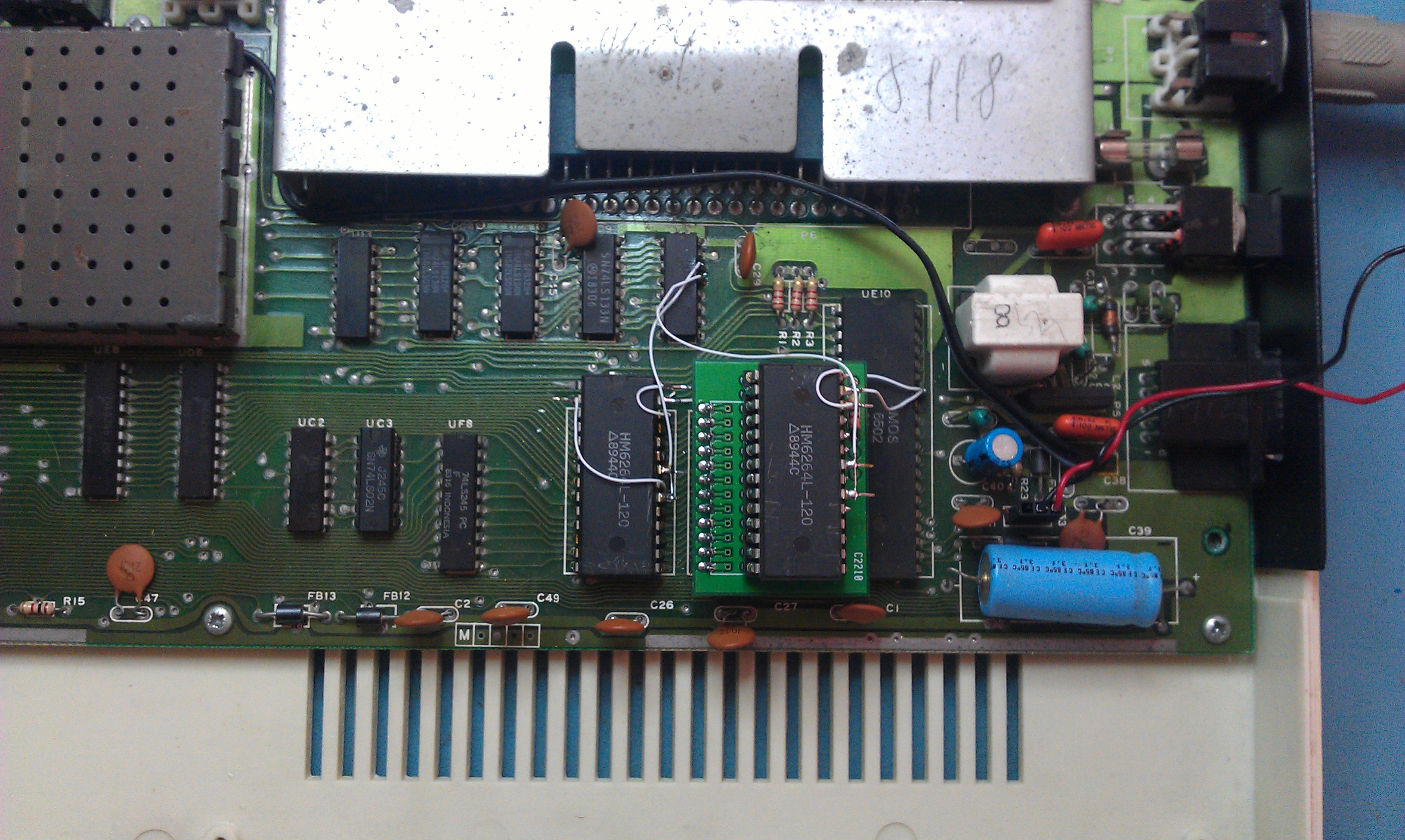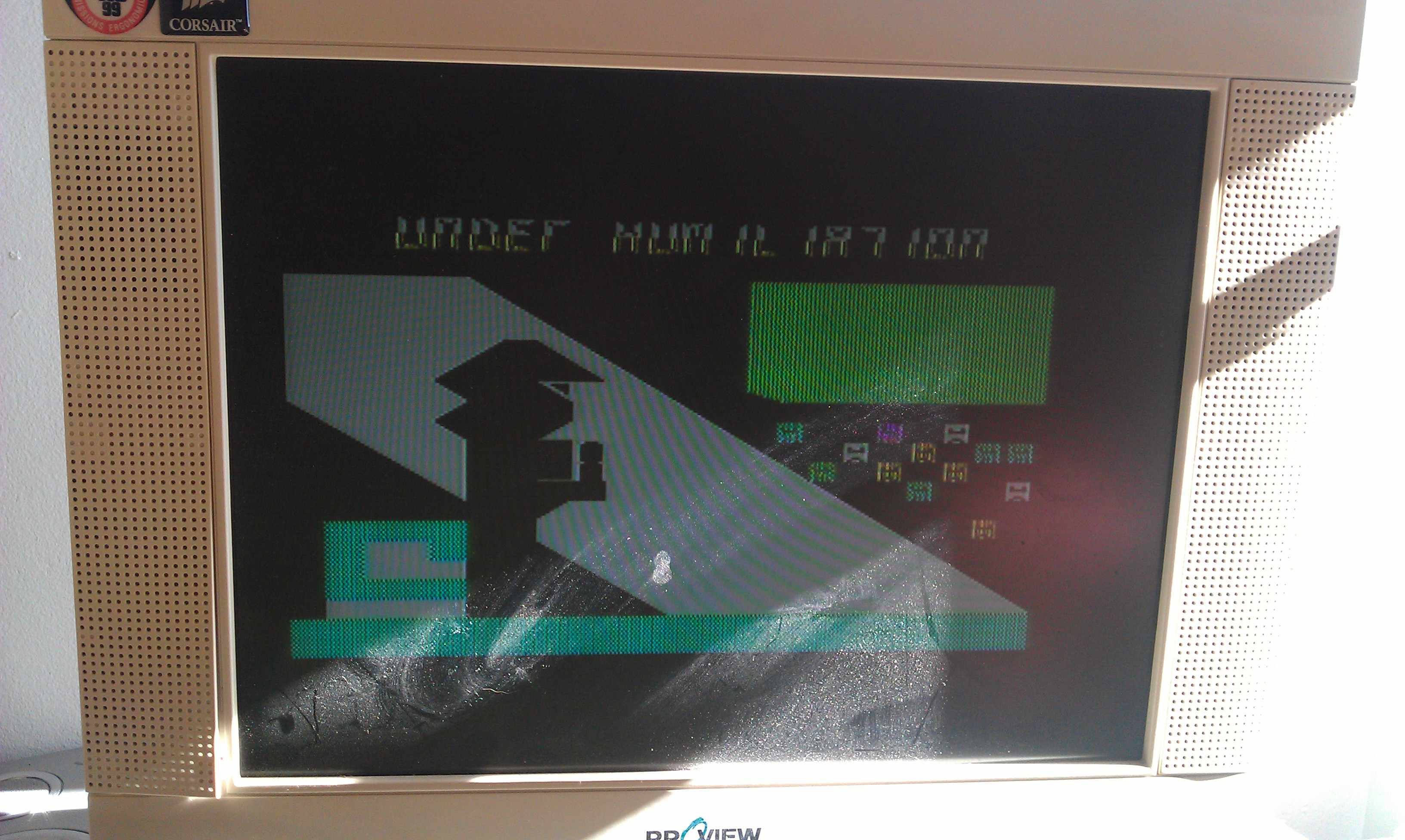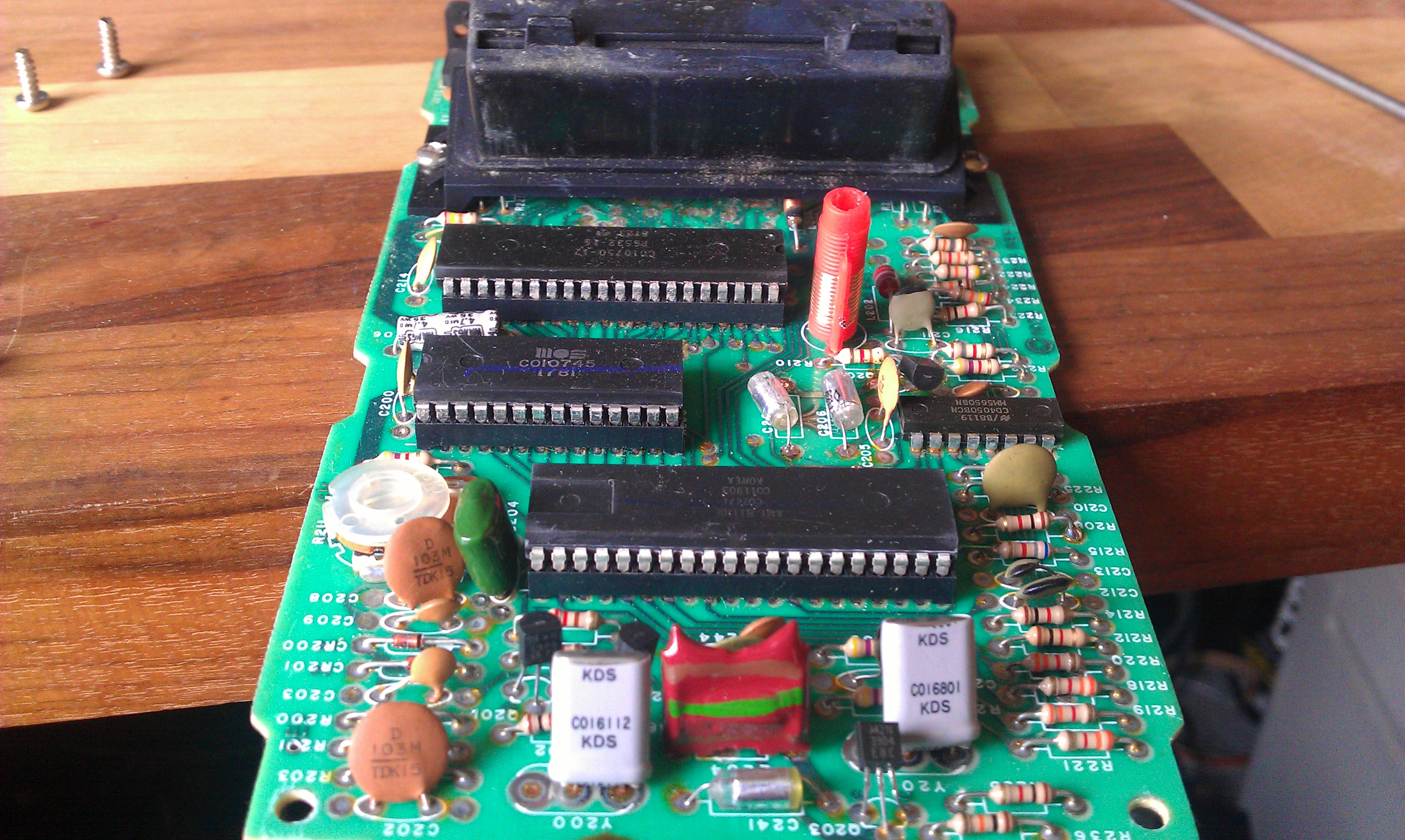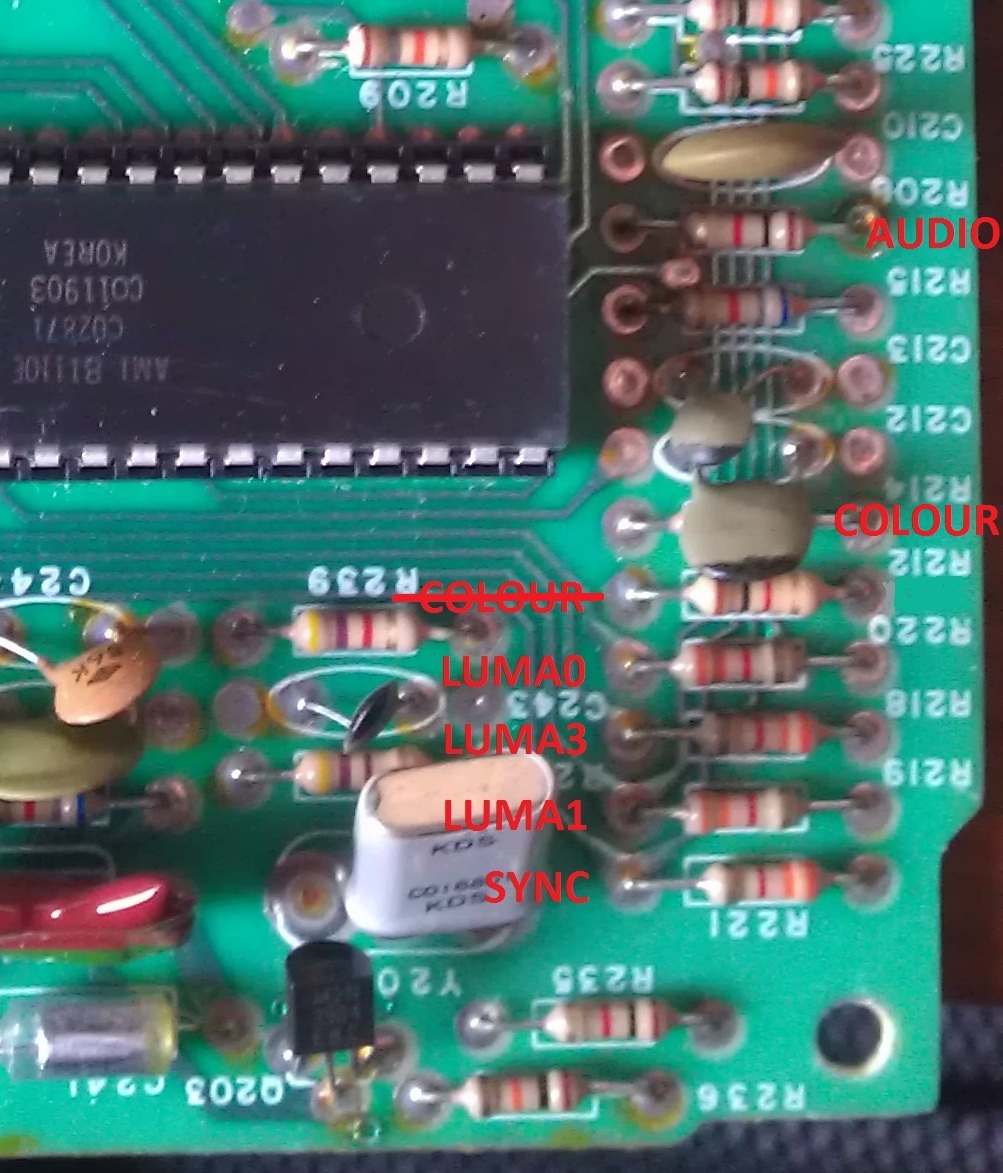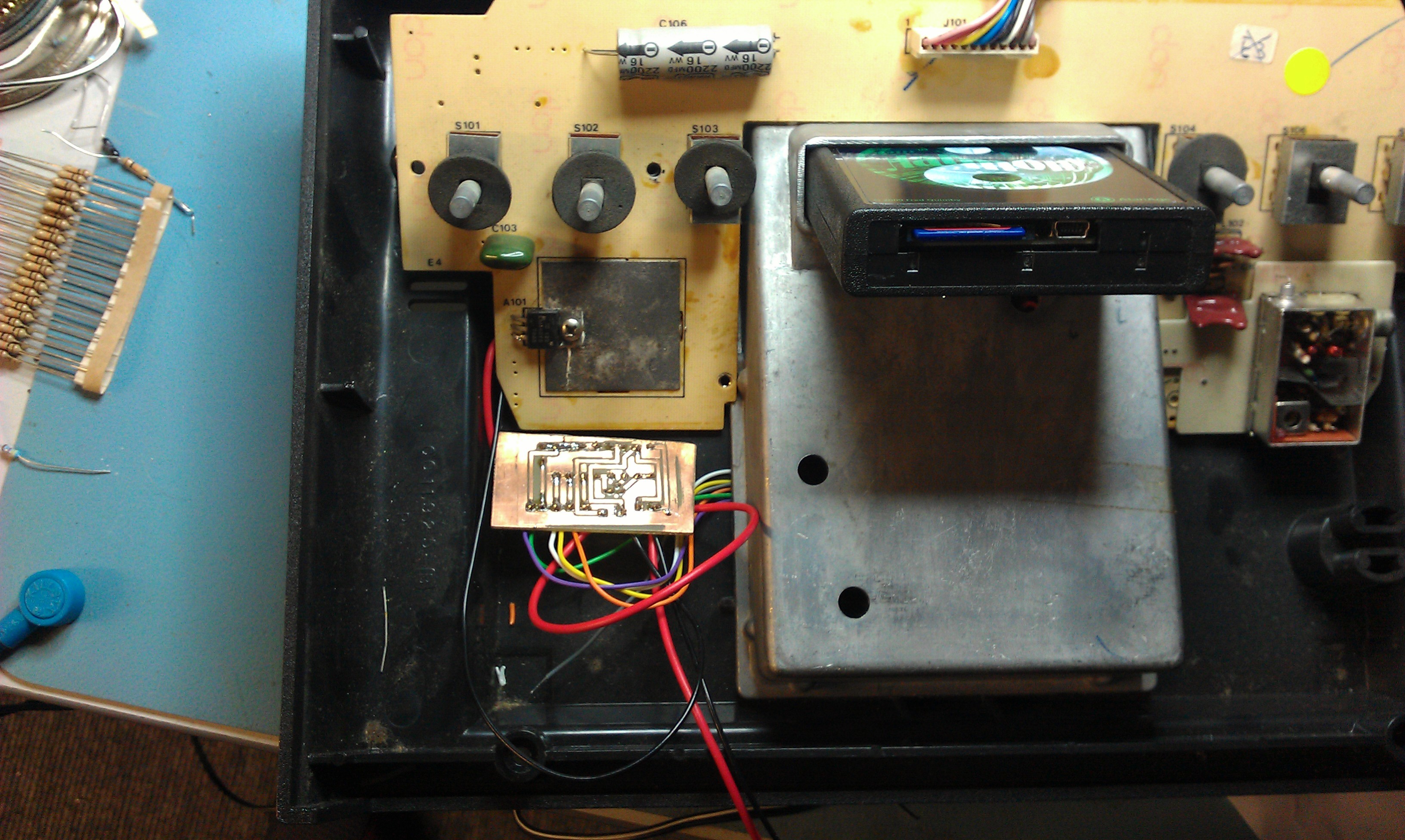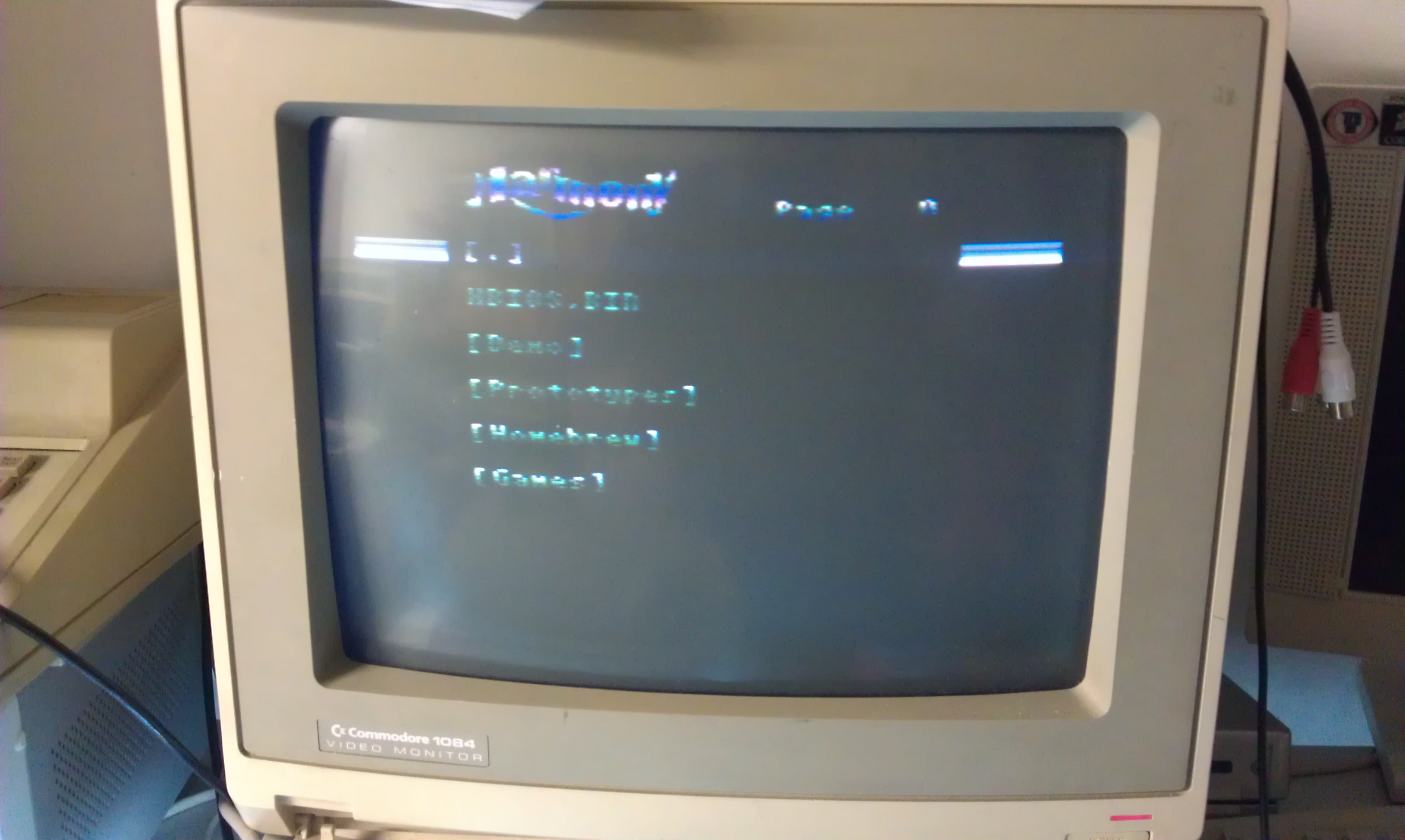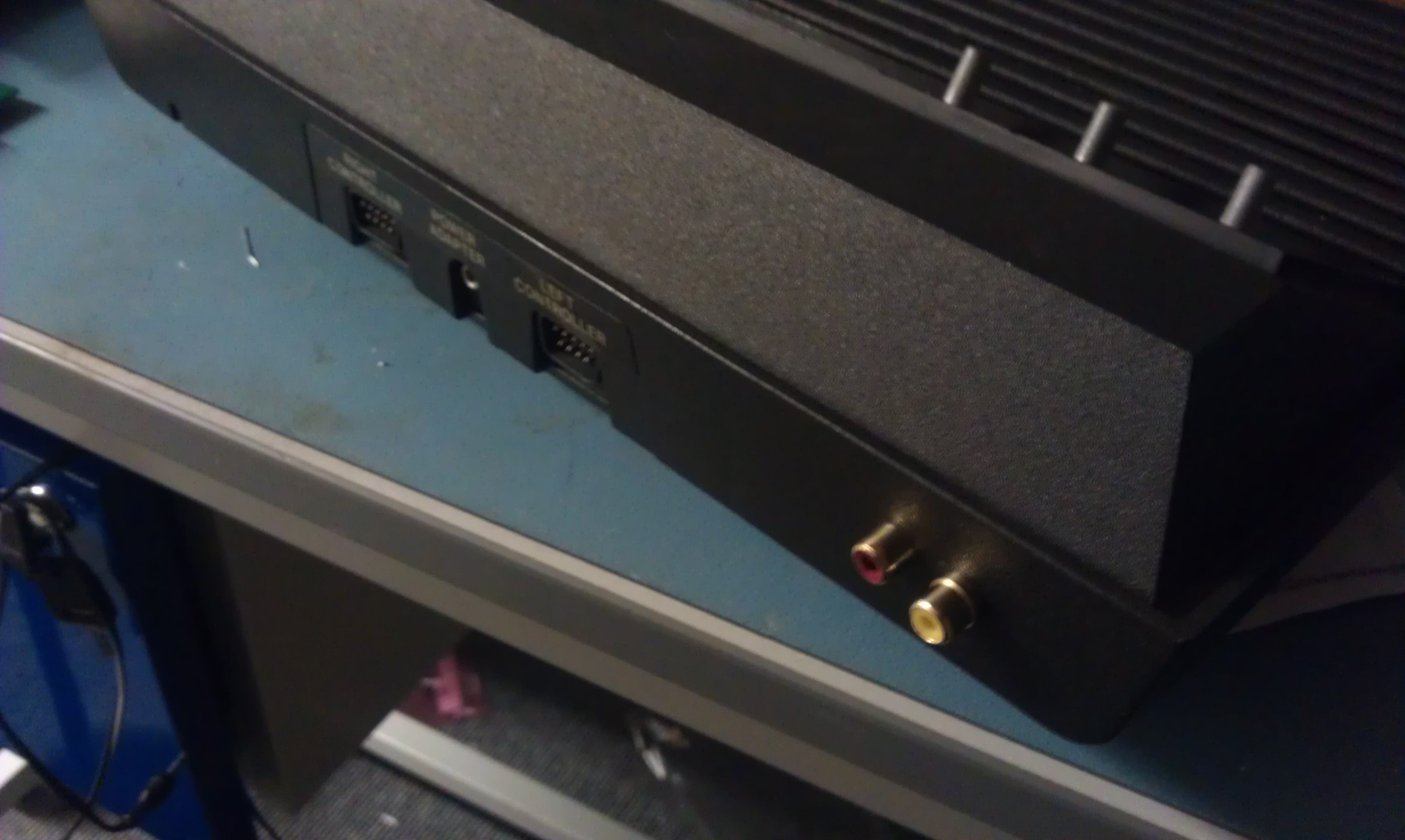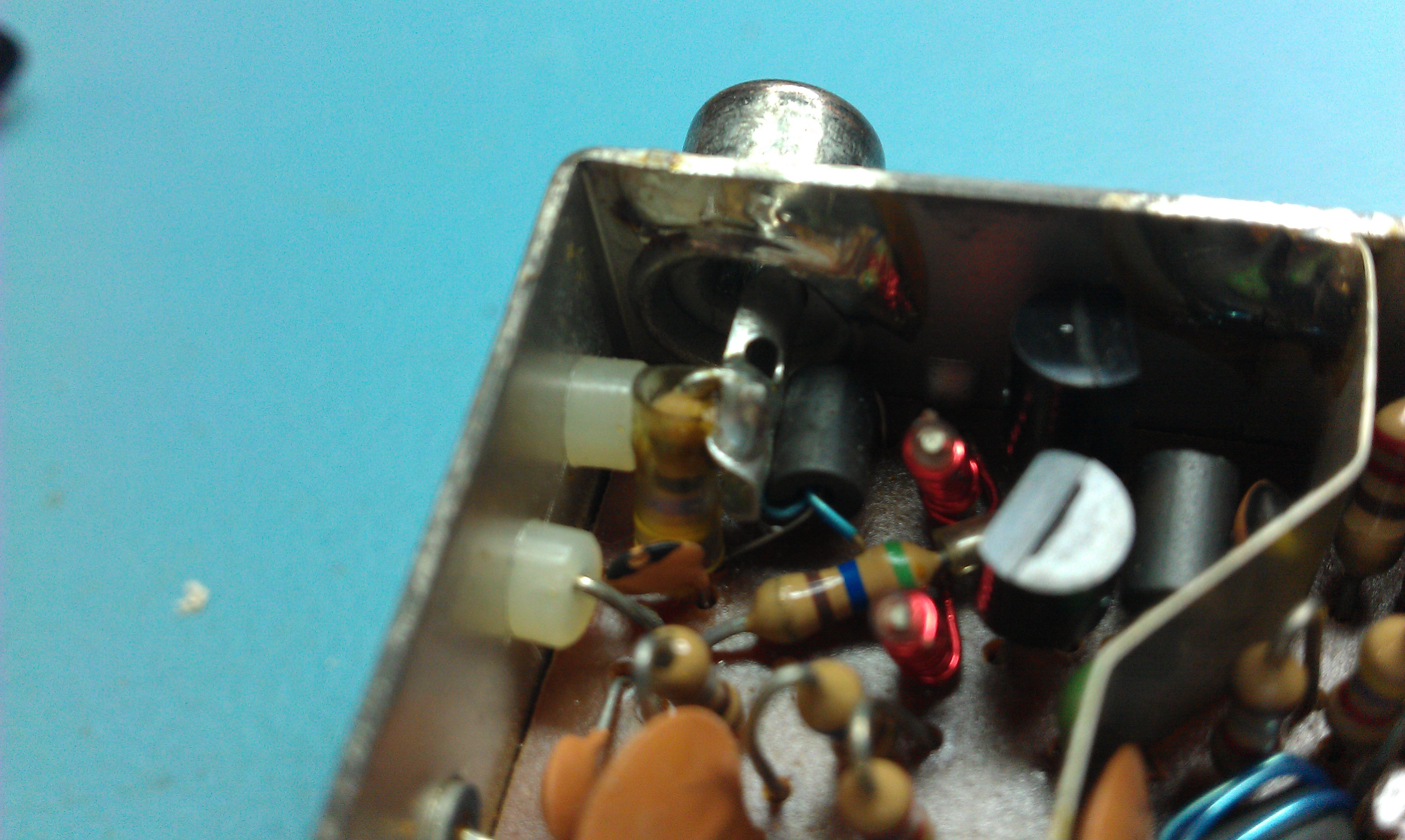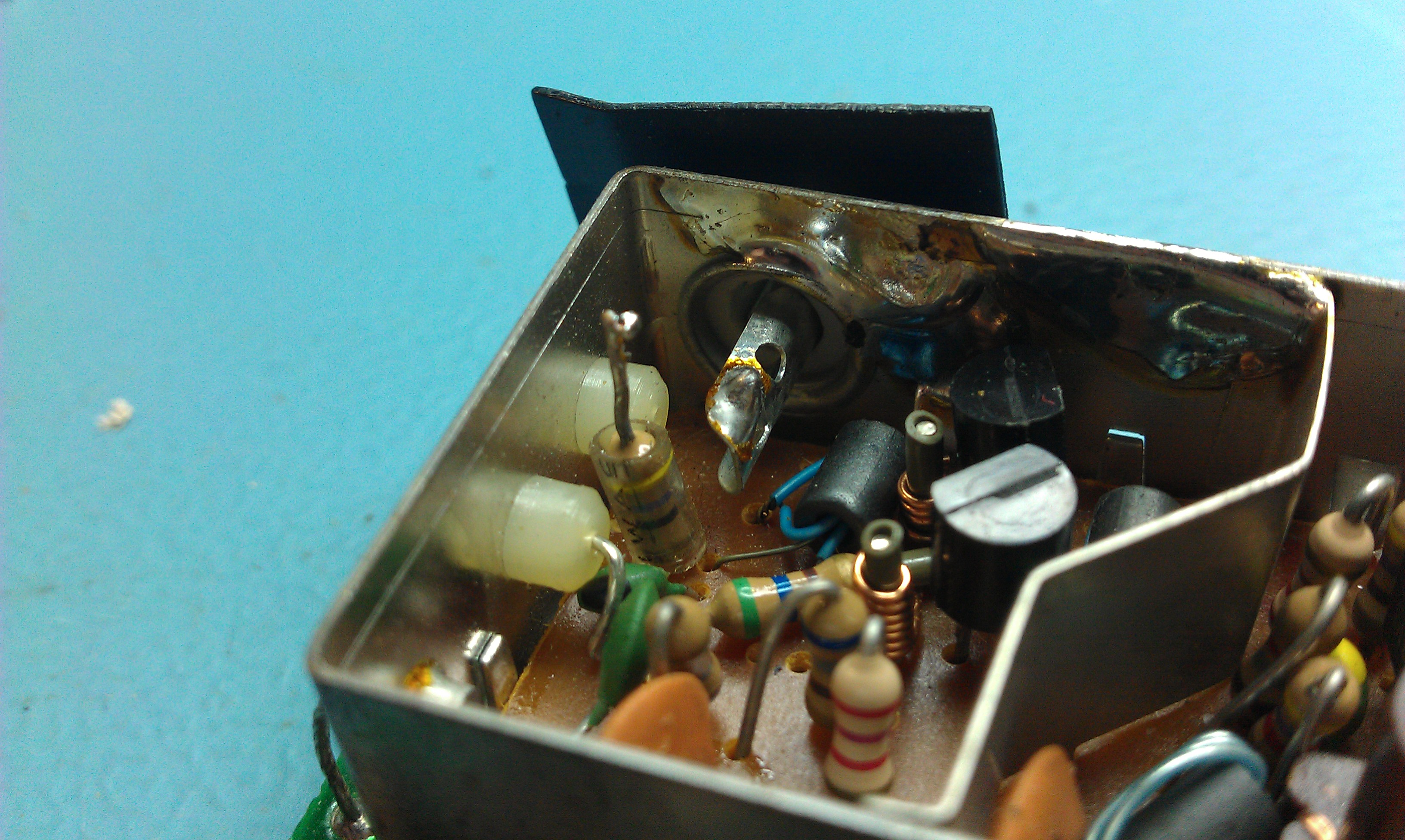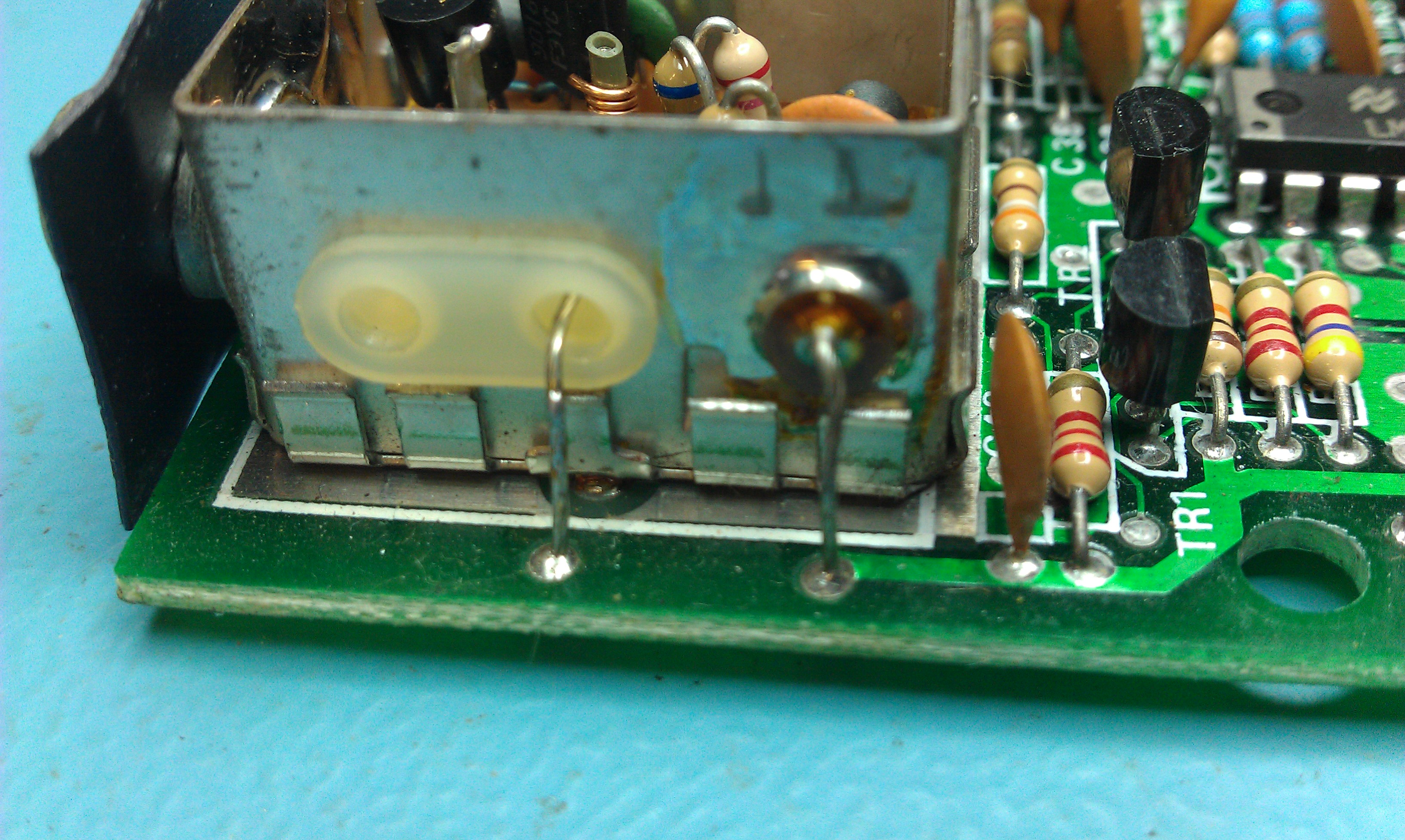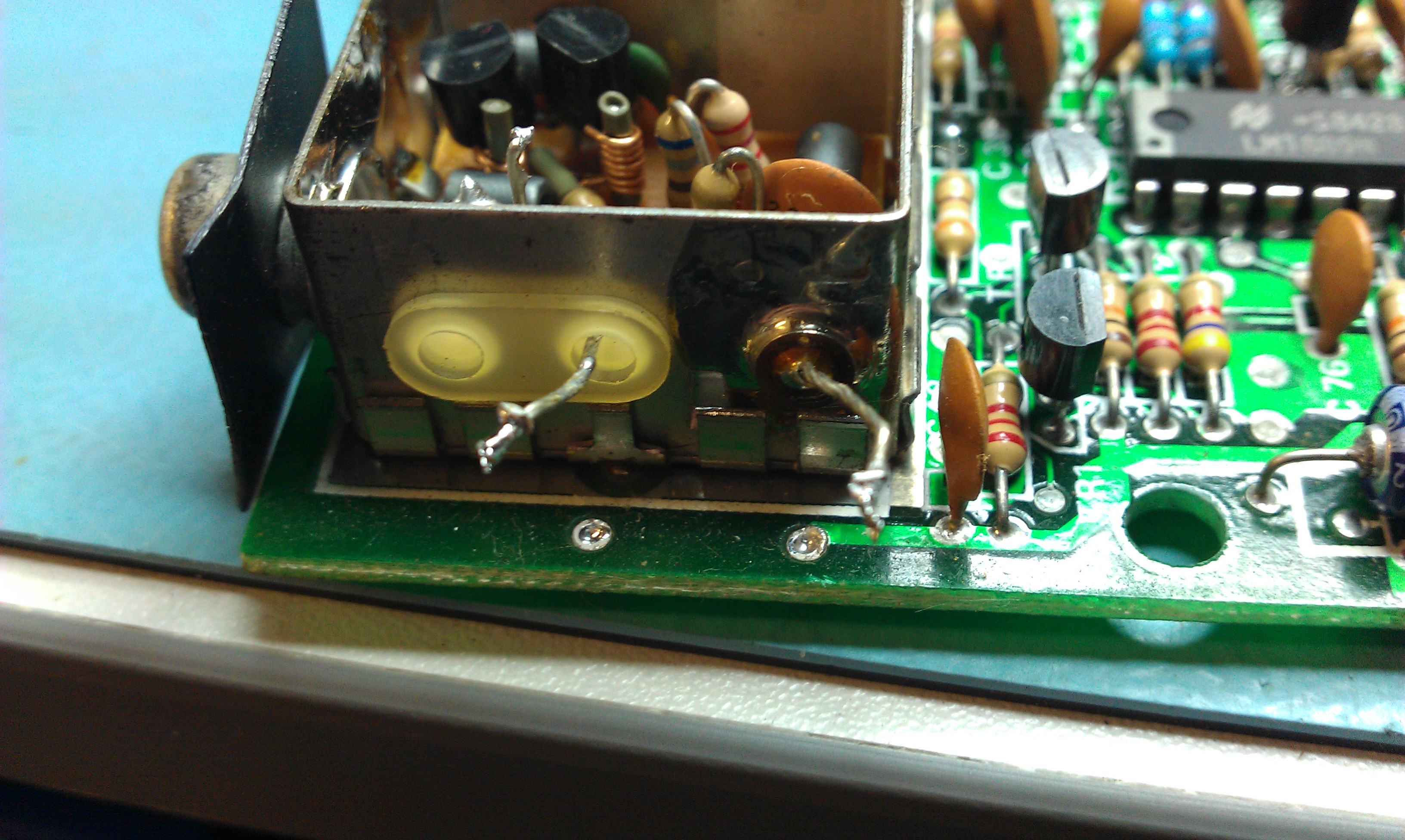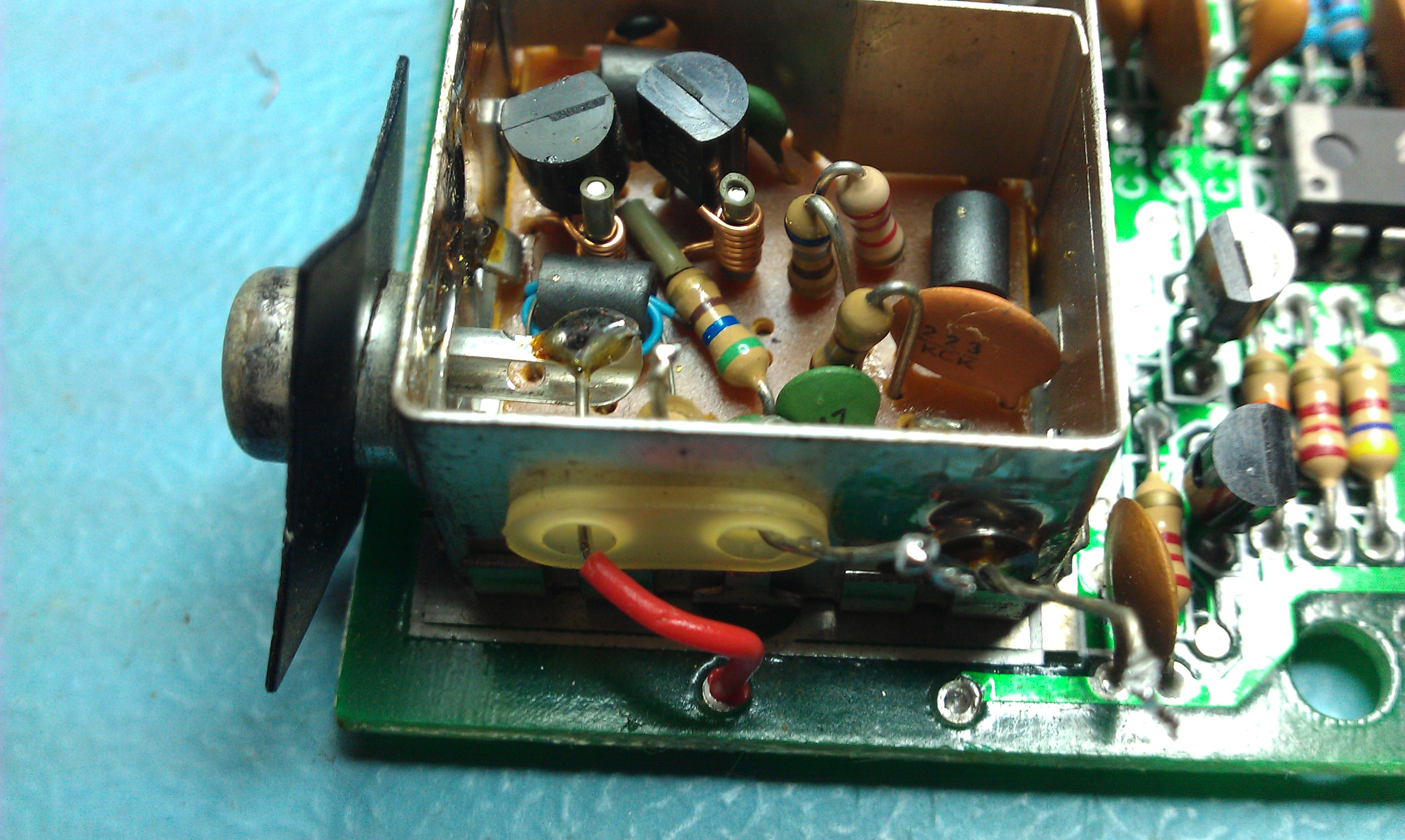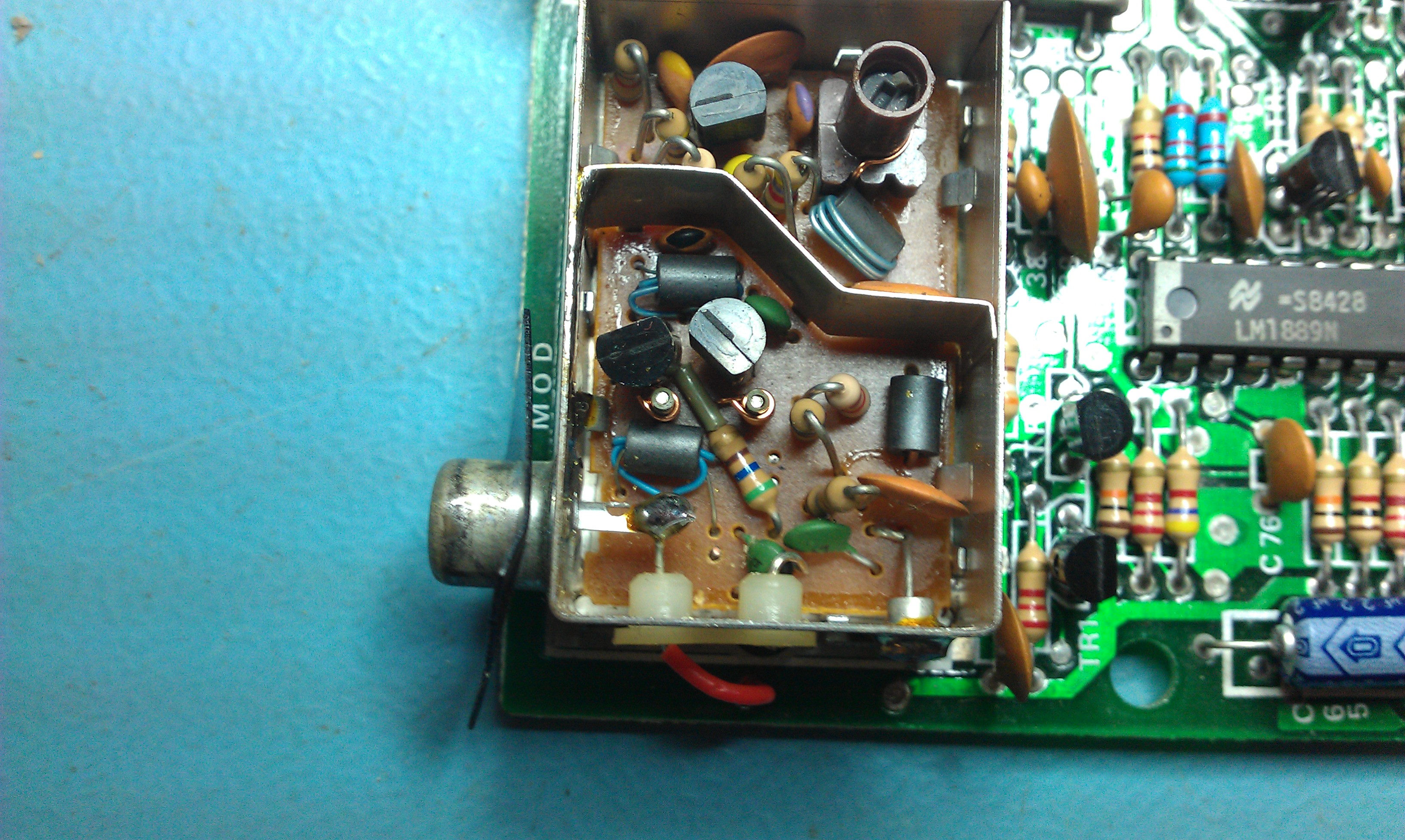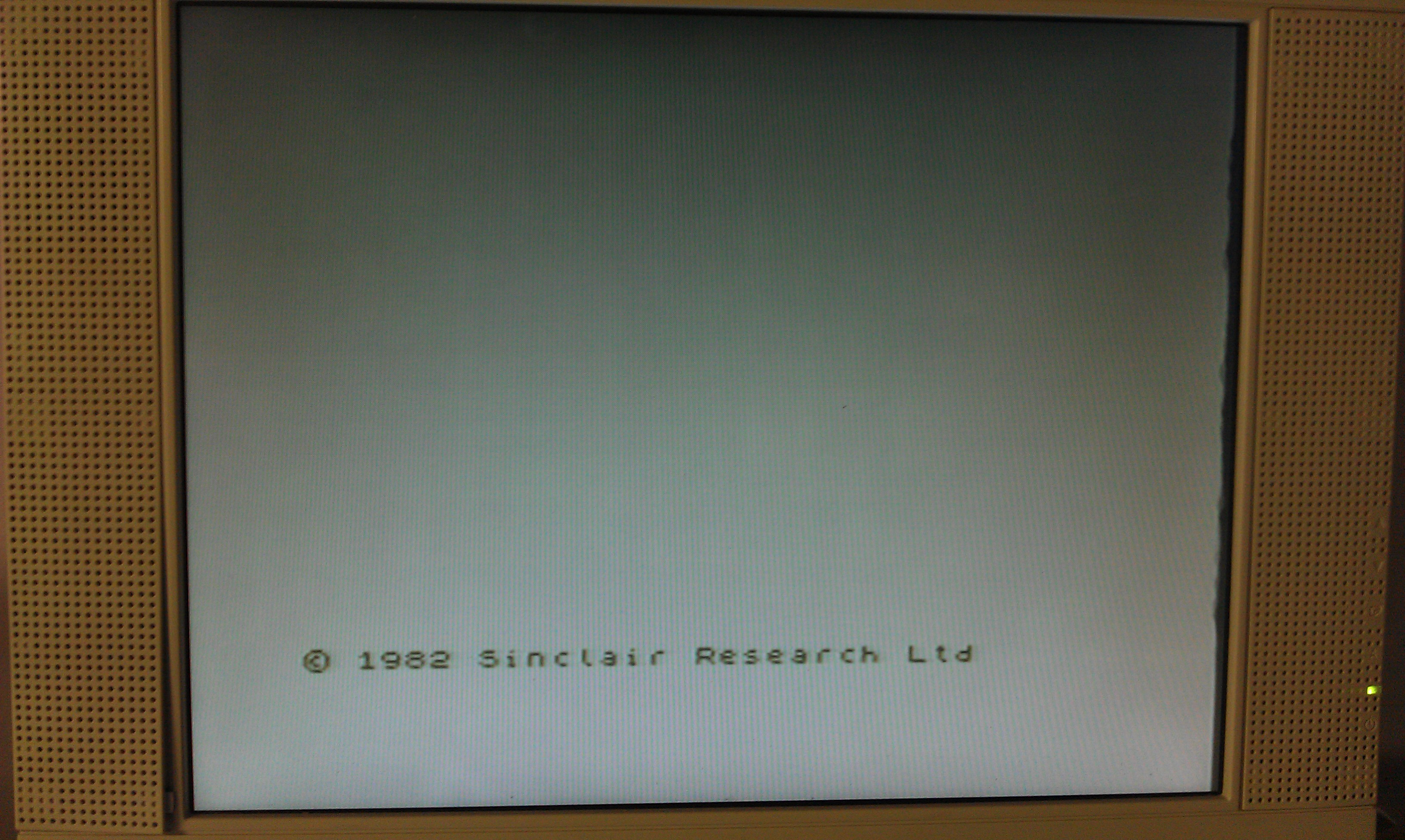Having recently obtained my +2a and suffering the poor quality that RF gives, coupled with the pleas of my good friend Mr Stiggy to somehow get a composite output I set about making this simple yet extremely effective circuit.
The TEA2000 chip actually gives a composite output on pin 6 which is nice. I also think that this signal goes right into the RF modulator but I couldn’t get any picture to appear from that so this circuit is no more than a small amplifier of that composite signal.
My veroboard design is sloppy and rough with no coordination of wire colours what so ever but it works very well and im happy with it for now.
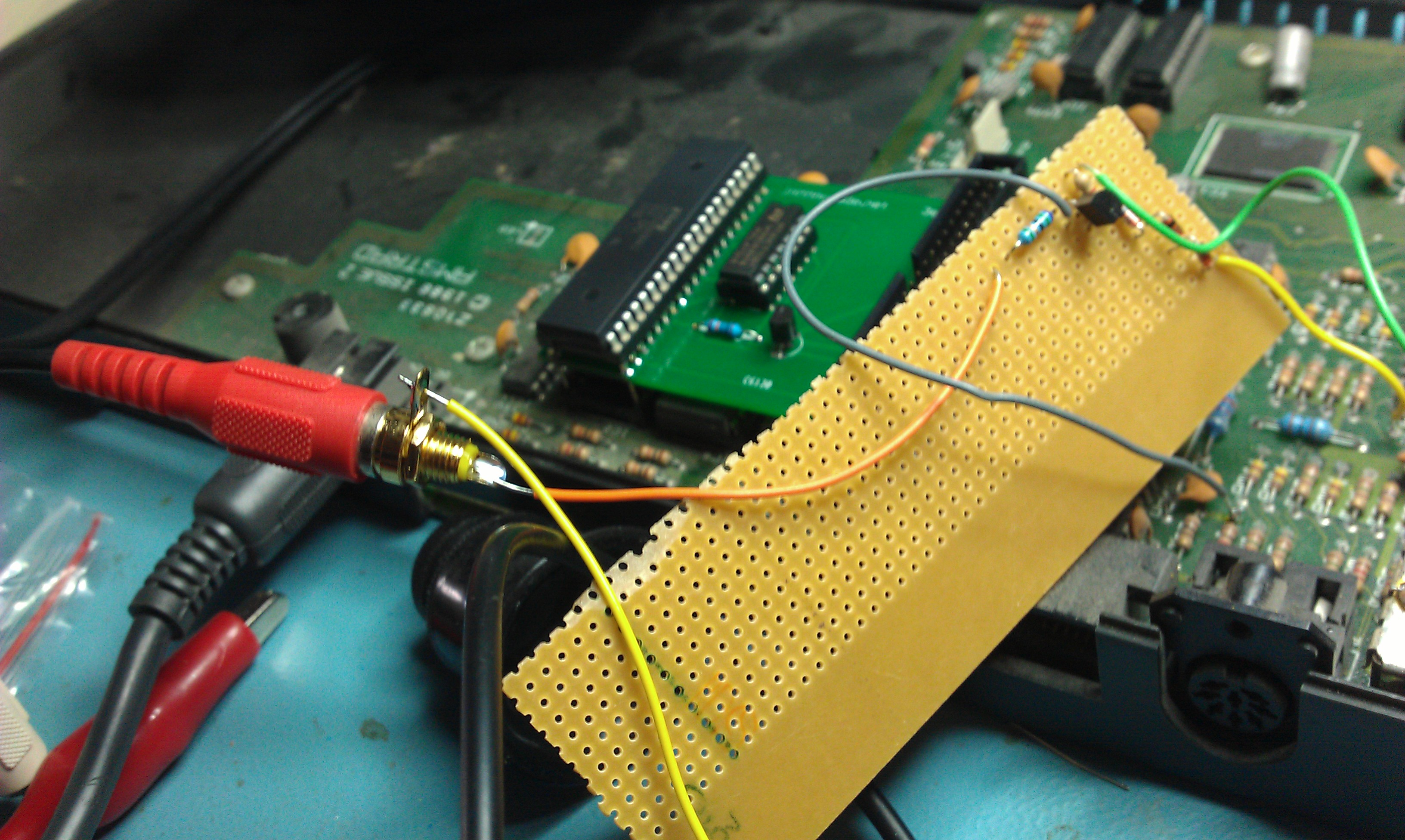
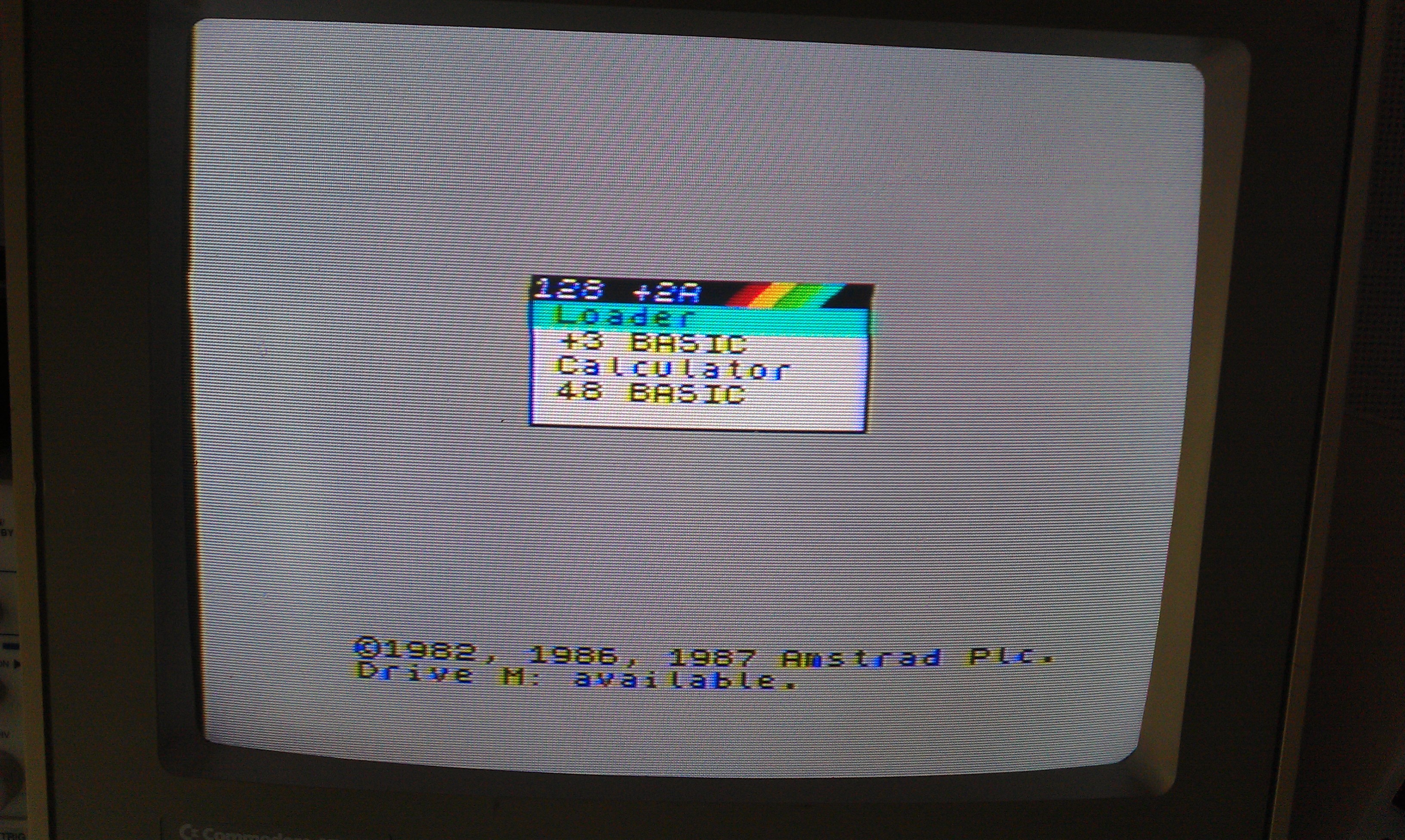
The audio present on the same signal line causes quite a bit of distortion in the picture. To remove that just remove capacitor C24.
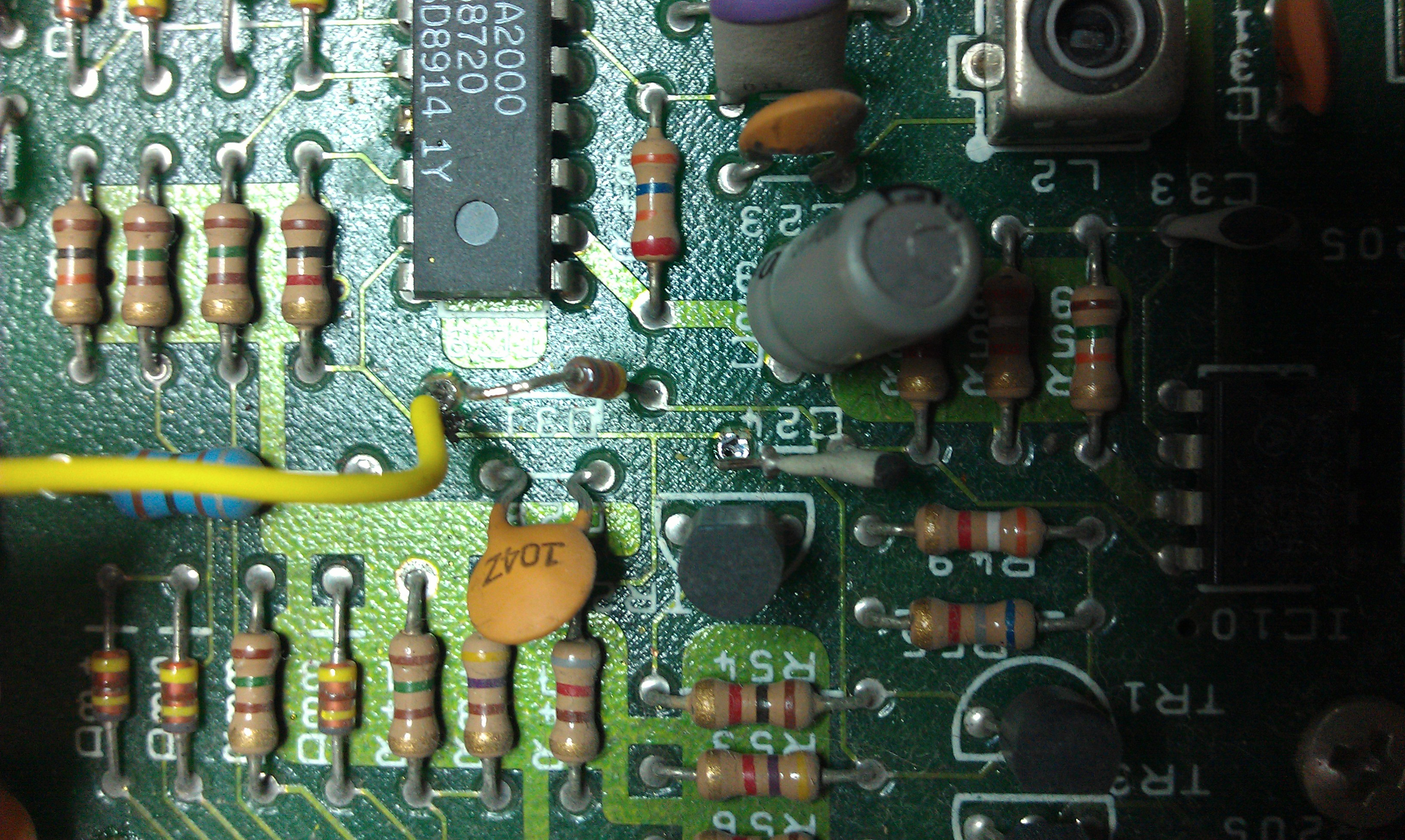
I then went on to cut the board down and also removed the RF modulator altogether to end up with this
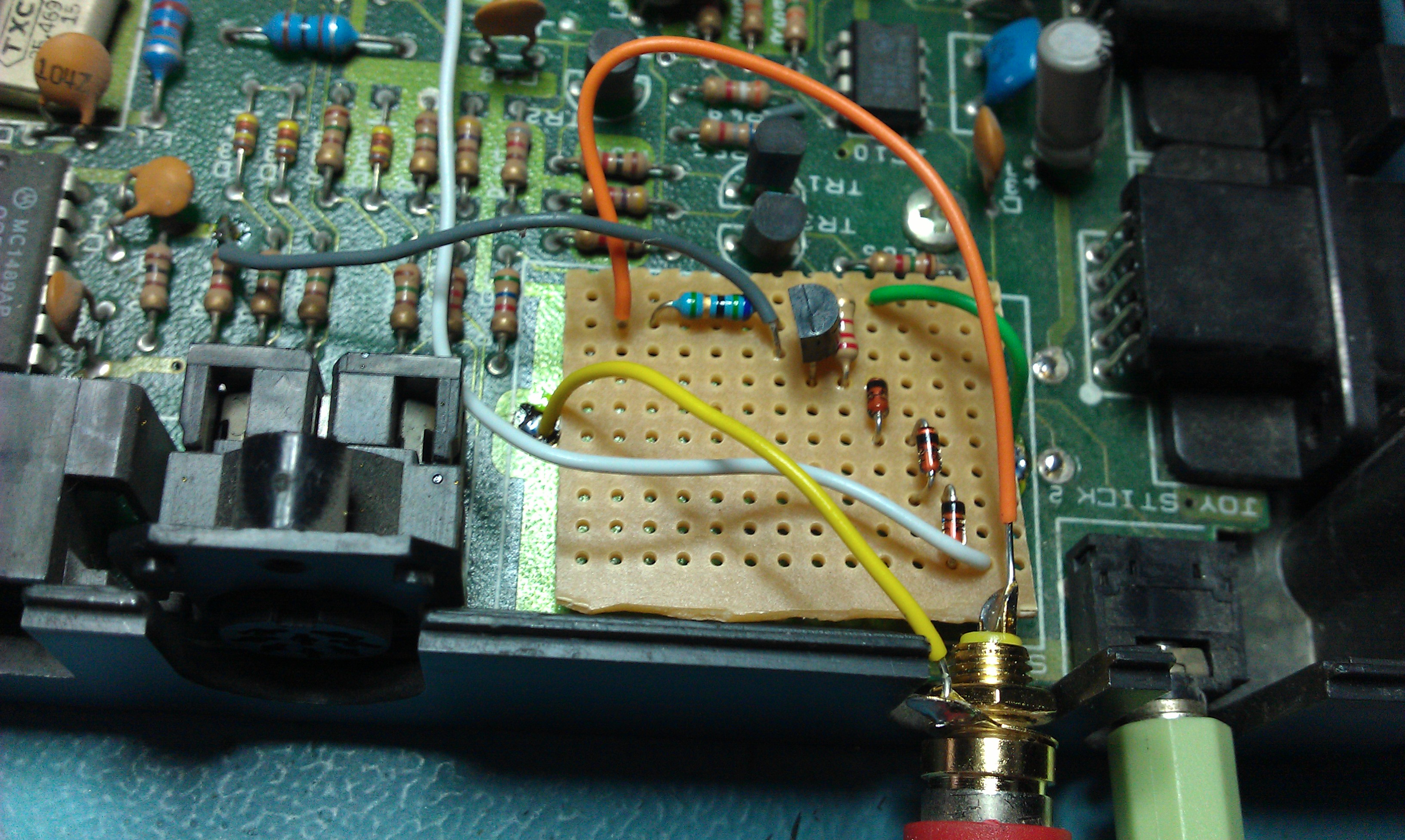
Im going to order a PCB mounted socket and fix the board in place somehow and this will be fully usable. Audio output is now provided by the audio jack to the right next to where the old RF output was.

